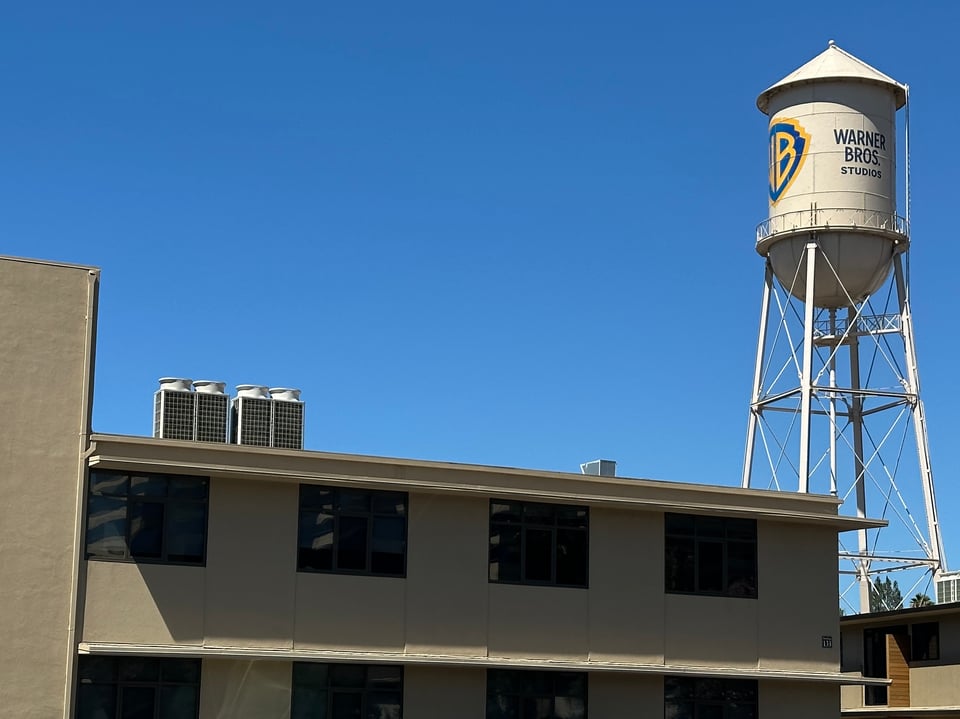As of January 1st of this year, all new HVAC equipment 5 Tons and smaller must use a refrigerant with a GWP (Global Warming Potential) lower than 700. Almost all the other manufacturers are using R–32. Why are we using R454B?
First let’s ask why almost every other manufacturer is using R–32. The reason why is because they are already using it in other markets. And it makes sense! You already have equipment using this refrigerant, just bring those over to the US market.
So why did we go with R–454B? First let’s take a look at the GWP of other refrigerants, including R–32. R–32 has a GWP of 675 and R–454B has a GWP of 466. The reason we went with R–454B is that we expect the EPA to further lower the GWP limit to 500 in the next 5–10 years. If and when this happens, we will not have to make another change to our equipment to comply.
While it does mean our installers will have to deal with two or more types of refrigerants, it also means they will not have to deal with another refrigerant change, model number change, or familiarize themselves with new model numbers in the foreseeable future.

